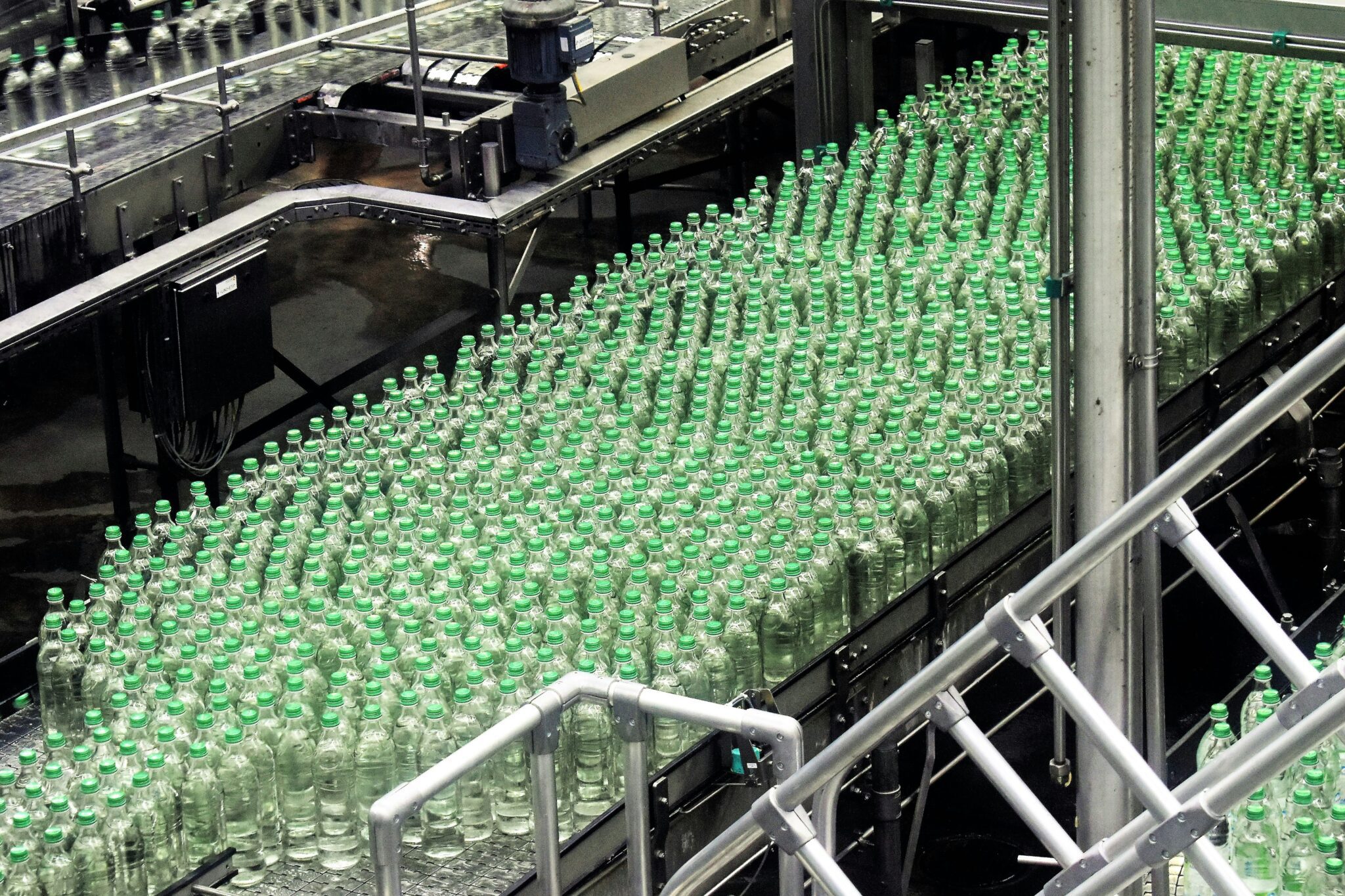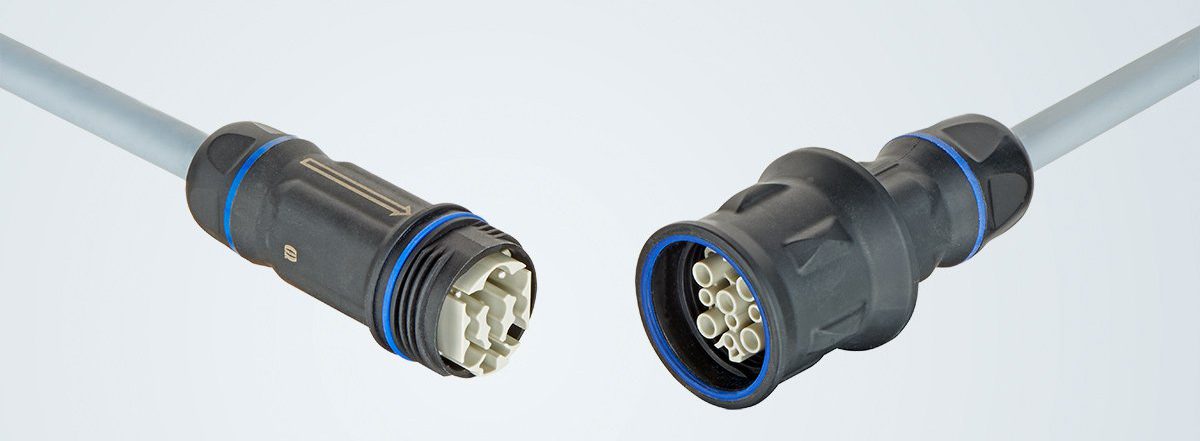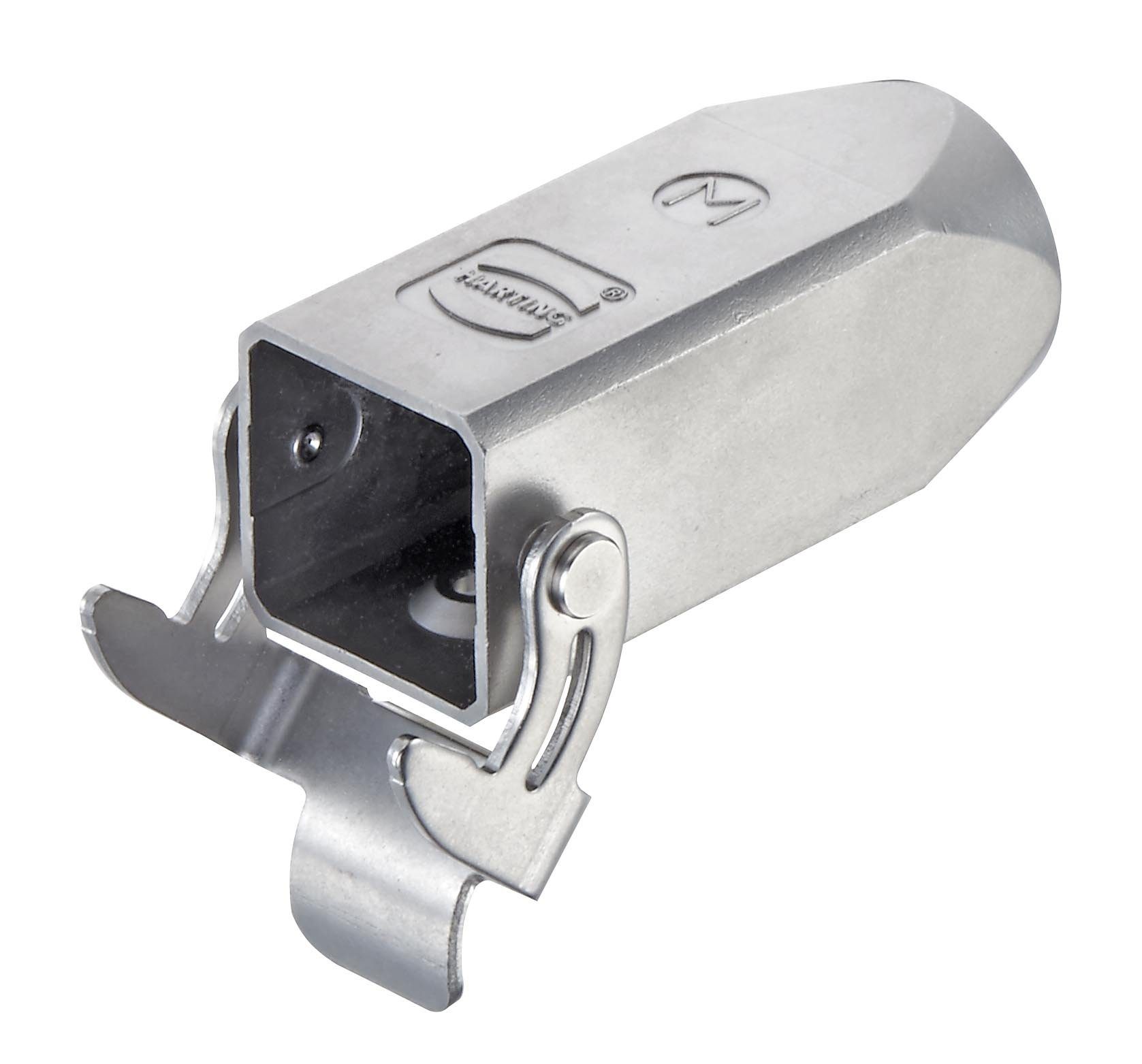Selecting Food-Safe Connectors for Processing Facilities
Learn how to specify connectors that deliver industrial performance while keeping food and beverages safe from contamination.

The design of safe food and beverage processing systems includes the selection of specialized connectors and cables made from materials that resist bacteria growth, are easy to thoroughly clean and sterilize, operate without risk of introducing contaminants, facilitate efficient production lines with little downtime, meet all relevant regional regulations, and can be safely, easily, and successfully installed, maintained, and inspected.
The food and beverage industries are guided by numerous regulations that help protect consumable goods against contamination. Standards and requirements such as EN 1672-2, ISO TC 199, and NSF/ANSI must be considered in the design of food and beverage processing equipment and facilities to help ensure the safety of products created for public consumption.
Material considerations
The selection of materials is paramount to the design of connectors used in food and beverage processing equipment. To protect the food products, no substances may be emitted or absorbed by the processing machines or their components, as such substances could negatively affect the smell or taste of food, or be harmful to health. The material most used for food and beverage industry equipment is high-alloy stainless steel (e.g. AISI 316L, DIN 1.4401). Another commonly used material is aluminum, but it normally has no contact with the cleaning agent or the food.
Special attention must be paid to the selection of plastics and elastomers for these systems, as they have the potential to leach chemicals or contaminates which could directly contact food. To prevent this, connectors for food and beverage processing must comply with the provisions of the regulation 1935/2004/EC, the Plastics Ordinance 10/2011, or the directives of the FDA 21. (This is the case, for example, when using polypropylene.) Plastics research is rapidly evolving, and as we learn more about the composition and degradation behaviors of these substances, the materials used in these areas may change in accordance with new findings, so it is essential that designers of food and beverage equipment stay current on regulations as well as new component solutions that may become available.
The cleanability of components and connectors used in food processing facilities is critical, as these facilities are subject to frequent cleaning and sterilization to prevent bacteria growth and other problems. The materials used in equipment must not react to the detergent, disinfectants, or other antimicrobial chemicals. They must be corrosion resistant, mechanically stable, and constructed so that the surface of the material cannot be damaged. Avoid components that have pockets or cavities in which food particles or cleaning agents could collect. A smooth, sealed design is ideal.
Zone considerations
The EN 1672-2 standard defines three zones for food production. Component selection for each zone is guided by different hygienic requirements that differ depending on where the connectors and cables are positioned.
Zone 1, the food zone (also called the product zone), encompasses all facility parts and components that come into direct contact with food or beverages. Components specified for this zone must be washable, capable of being disinfected, corrosion resistant, non-toxic, non-absorbent, smooth, continuous, or sealed. Note that connectors typically do not come in direct contact with food, and thus rarely will they be used in this zone.

The design of HARTING’s Han F+B housing is adapted to the requirements of the splash zone. The housing has large radii and surfaces, in accordance with the guidelines of the European Hygienic Engineering & Design Group (EHEDG). Housing and seals provide IP69K protection for the connections. it can be plugged and unplugged easily, safely, and quickly. Special fluting in the housing walls ensure that the installer’s hands do not slip off the connector.
Zone 2, the splash zone (also called the spray zone), includes all facility parts and components that come into direct contact with food that does not return to the production process (waste). Such parts should be designed and constructed according to similar criteria as used for zone 1.
Zone 3, the non-food zone, includes facility and machine components that do not come into direct contact with foodstuffs. Even so, all facility components must be resistant to corrosion and capable of being washed and disinfected. A wider range of components and connectors may be used within the non-food zone.
One design strategy that works well for the design of these systems is the use of modularized machine and system components. It is easy to make conversions and replace system components in the event of an upgrade or a malfunction without major interruptions in the production process. Modular connectors help to save time and reduce costs.

HARTING’s Han-INOX modular connector series, available in premium non-rusting stainless steel, now has a coupling housing in the Han 3A size. The durability and cleanability of this product makes it ideal for food and beverage industry applications, as well as other harsh environment areas, such as energy and data transfer.
To learn more about modular connector solutions and connectors for food and beverage production, including detailed information about relevant regulations, installation notes, and cleaning agents, download HARTING’s white paper, “Connectors for Food and Beverage Facilities.”
Visit HARTING online to see a full selection of connectors for industrial applications.
Like this article? Check out our other Harsh Environment and Standards articles, our Industrial Market Page, and our 2024 Article Archives.
Subscribe to our weekly e-newsletters, follow us on LinkedIn, Twitter, and Facebook, and check out our eBook archives for more applicable, expert-informed connectivity content.





